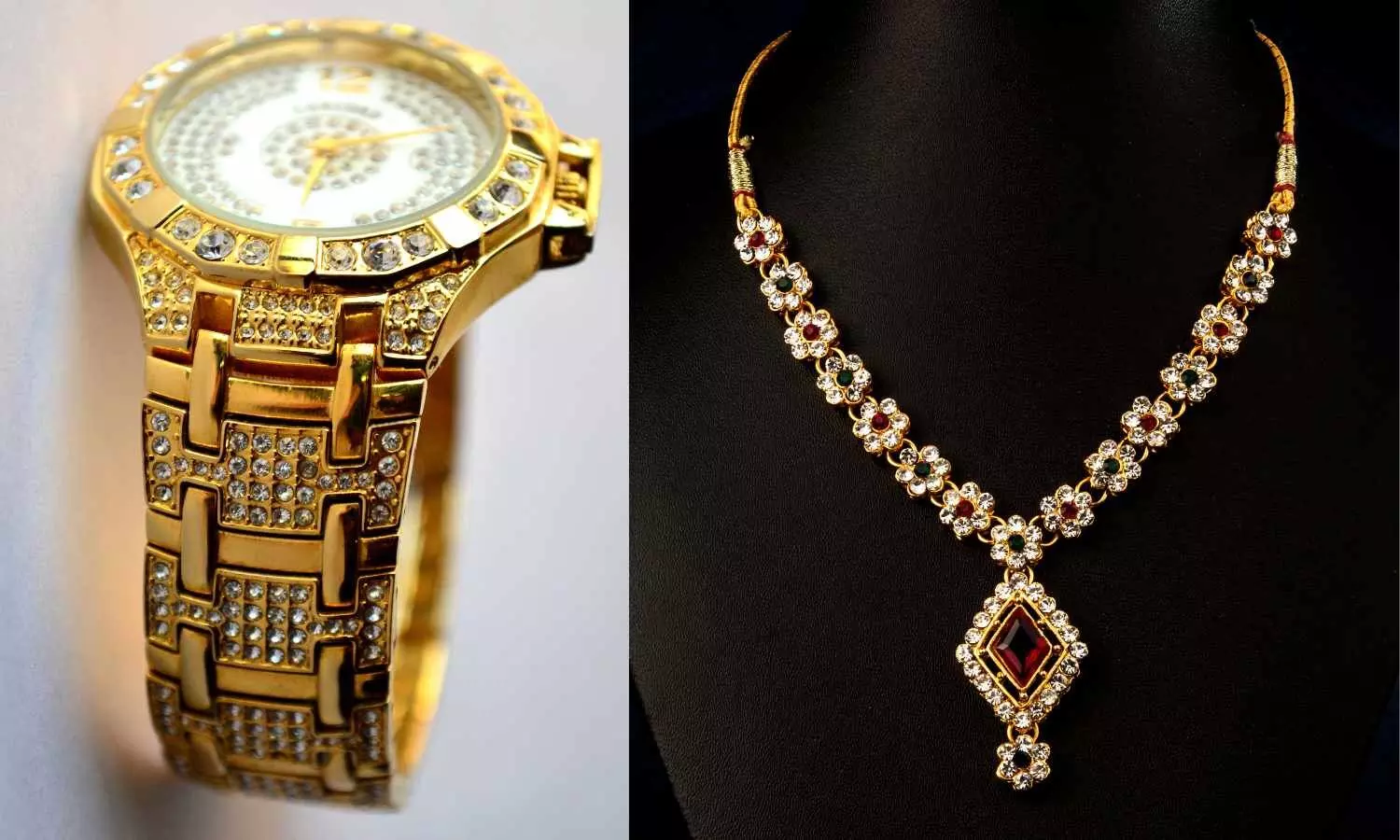Watches and Jewellery is still a dominant player with continued growth
Watches and jewellery remain dominant in the luxury market, showing consistent growth driven by evolving consumer preferences, premium branding, and global demand.
Watches and Jewellery is still a dominant player with continued growth

The Watches and Jewellery industry is projected to see continued growth in 2025, with a focus on both luxury and non-luxury segments. Factors like a growing middle class, increased discretionary spending, and evolving consumer preferences are driving demand, particularly in Asia and domestic markets. Trends include a rise in branded and sustainable jewelry, layered necklaces, and a focus on craftsmanship and personalization.
China is expected to remain a dominant force in the market, with Asia as a whole accounting for a significant portion of global sales. While luxury watches and jewelry will see continued demand, the non-luxury segment is also expected to grow, particularly in India.
Overall, the Watches and Jewellery industry is poised for a vibrant 2025, with opportunities for brands that can adapt to evolving consumer demands and embrace innovation while staying true to their core values.
In 2025, the revenue in the Watches & Jewelry market worldwide is projected to reach a staggering amount of US$500.78bn. The market is expected to grow at an annual rate of 5.11%, as per the Compound Annual Growth Rate (CAGR) from 2025 to 2030.
When compared globally, the highest revenue is generated by China, amounting to US$141bn in 2025. Considering the total population figures, the per person revenue generated in the Watches & Jewelry market is estimated to be US$64.10 in 2025.
By 2025, approximately 67% of the sales in the Watches & Jewelry market will be attributed to the Non-Luxury segment.
In recent years, the demand for luxury watches and fine jewelry in countries like Switzerland and Italy has skyrocketed due to their rich history and reputation for craftsmanship.
One of the most ancient and enduring forms of personal expression is jewelry, with humans wearing metal or wooden trinkets for thousands of years. Whether it’s a luxurious diamond necklace, or a simple charm bracelet, jewelry can make the wearer instantly feel more confident and stylish. In 2024, the global luxury jewelry market amounted to about 31 billion euros. Globally, the lion’s share of the jewelry and watch market revenue generated in 2025 is attributed to three countries: China was the largest, followed closely by India and the United States.
With combined annual sales of more than $ 330 billion, fine jewelry and high-end watches are an essential part of the global luxury economy. However, apart from their economic added value, it is their harmony with the demands of New Luxury that makes them so interesting. Luxury jewelry and watches are at the cutting edge of quality, values and innovation. As a significant cultural asset, they represent a centuries-long history of creativity, craftsmanship, symbolism and self-expression, while trends like lab diamonds promote progressive, technical know-how at the same time.
While the jewelry sector has so far been considered more traditional, by 2025 it should be more brand-oriented, more digital and more sustainable than ever before. Thus ushering in a fundamentally new era of fine jewelry. With an annual growth rate of 8 to 12 percent, branded jewelry will increase the most. More precisely, about three times as fast as the overall market. The result: An intensification of competition between established luxury jewelry brands, fashion brands and new direct-to-consumer (DTC) companies in order to compete for individualized, opinionated customers.
The purchase of a valuable piece of jewelry is associated with personalized services, a calm and sophisticated atmosphere as well as the presence of an expert. In view of the future-oriented developments, it is now important to replicate this expectation online. Brands and retailers need compelling, customized offers and digital experiences to transfer emotions, customer service and the magic of a renowned jeweler on the screen. According to Rahul Kadakia, head of the jewelry department at the auction house Christie's, this change has the potential to generate new demographic as well as geographic bandwidths and win customers.
Iconic Tiffany Blue and a small red box from Cartier are synonyms for fine jewelry for many. And of course a wish at the same time. But despite the prominence of some brands, Fine Jewelery only makes up a small share of the market: only 20 percent of sales. This proportion is expected to increase by 2025 to 25 percent by 30 - whereby in monetary terms it is 80 to 100 billion dollars. The chairman and CEO of Louis Vuitton, Michael Burke, considers fine jewelry to be one of the fastest growing categories in the luxury market. And thus declares their potential as well as the promising opportunity to bid for shares.

